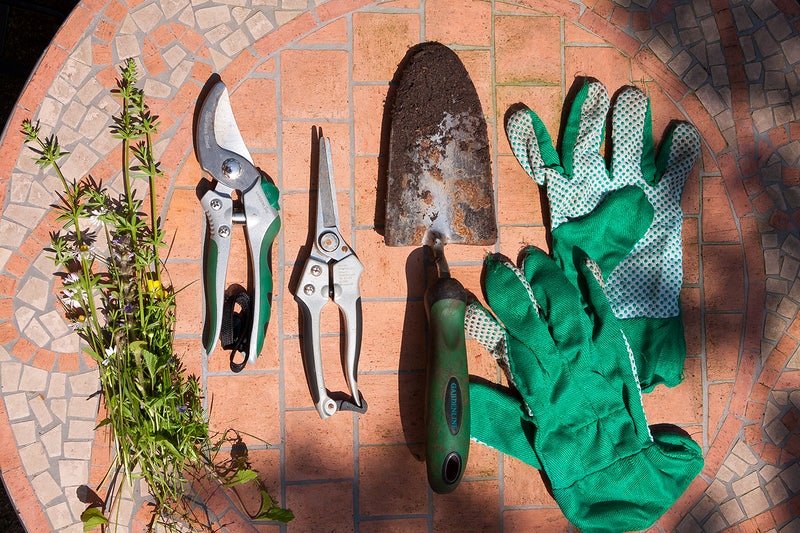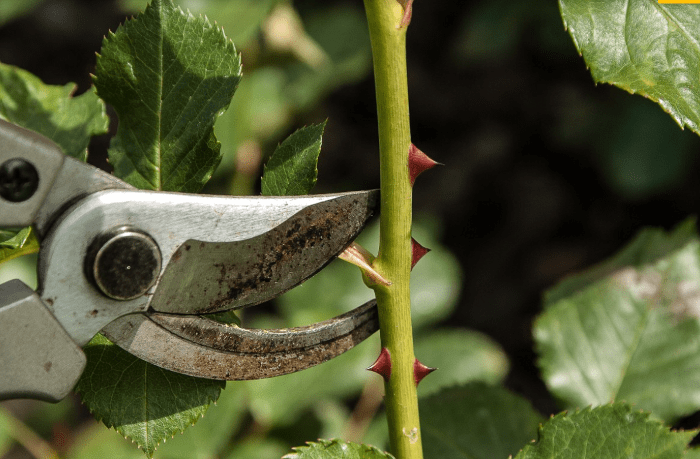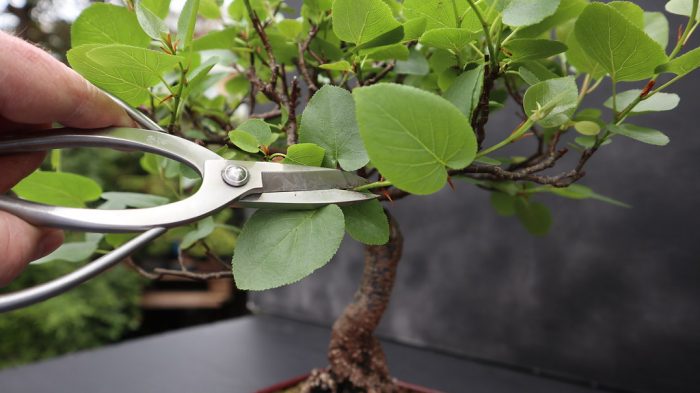Pruning houseplants: When and how to prune indoor plants?

Pruning plants: We use beautiful indoor plants to decorate our home and soothe its atmosphere. Easy to maintain, they are able to adapt to insufficiently lit and sometimes overheated environments. Their colours, scents and textures appeal to all of our senses. They are ideal for creating a warm atmosphere in an interior and pacifying a room.
Some houseplants don’t have enough spectacular growth when pruned. Others, on the other hand, will benefit from being reduced. From simple cleaning to topping, pruning is beneficial for many houseplants.
Come and discover with us when and how to prune your houseplants to make the most of their beauty.
Why trim a houseplant?

Trimming a houseplant first improves its shape to obtain a compact habit. By pruning, shoots that are too large, too many or badly placed are eliminated. And for some other plants, the prune limits a too important development to reduce them to more reasonable proportions. This operation also strengthens the stems, promotes branching and brings some vigor to the plant. Finally, for flowering plants, the flowering will be even more regular and more remarkable. This pruning should be supplemented with less drastic but regular pruning to eliminate dead leaves, faded flowers and damaged parts of the plant.
When to prune a plant?
Choose the right period to trim plants. This period usually happens in early spring for most house plants, exactly just before growth resumes. So, prune houseplants early in their vegetative phase. If they are not flowering species, prune them at the end of winter. Moreover, if they produce flowers, wait until they have bloomed before pruning them. Furthermore, don’t prune houseplants when you see closed buds on their stems If you prune right before they bloom, you’ll be removing unopened buds that would otherwise turn into flowers.
How to prune plants?
Houseplants don’t always grow exactly the way you want them to. There may be an overly long branch, a twisted, etiolated or broken stem, disordered general growth or other faults. Or, the plant may simply have outgrown its space over time. Luckily, you can fix all of these problems with pruning. To prune a plant, you must have the right tools, use scissors for the herbaceous parts and secateurs for the woody branches. The equipment must be carefully disinfected beforehand so as not to contaminate the plants. In addition, it is advisable to wear gloves when dealing with latex-secreting plants. This white liquid can irritate the skin and cause allergies. It is best not to prune blindly but to cut the plants, just above an eye from which a new shoot should emerge, by laying the blade at an angle, from top to bottom.
Steps to follow for pruning plants

- Remove deadwood and diseased stems. You have also to learn how to trim plant leaves, so, look and remove leaves or plant limbs that are brown or discolored. They may also appear soft or dry.
- If you have flowering houseplants, observe the plant for any dead flowers and remove them. The flowers may appear brown, discolored and soft. They may also be dry to the touch. Cut dead flowers with the scissors at the base of the flower head to encourage the plant to produce new beautiful flowers
- Shorten the branches that cross or prevent the sun from penetrating the heart of the plant. Cut the branches at a 45-degree angle.
- Do not over-prune the plant, as this may prevent it from developing properly. Make selective cuts to the plant, removing only 10-20% of the foliage at a time. Wait a few weeks to a month to prune the plants again.
- Cut 5 mm just above a bud, the wound will heal better.
According to the type of buds:
- In the case of opposite buds, prune straight above a pair of buds.
- In the case of alternate buds, prune above an outward-facing bud. Cut at an angle so that the lower part is on the side opposite the bud; in this way, the water does not risk rotting the wound.
- Protect large wounds with a healing product.
- Fertilize the plants after pruning.
Plants that should not be pruned
Some houseplants rarely need pruning and some should never be pruned at all. For example, palms form a dominant terminal bud but have no latent buds. This means that removing the dominant bud will kill the plant, so these species are best left unpruned.
Similarly, many varieties of orchids cannot be pruned beyond the removal of dead flower spikes. Do this at the point where the flower spike emerges from the leaves.
Did You find this helpful? Share it with your friends!